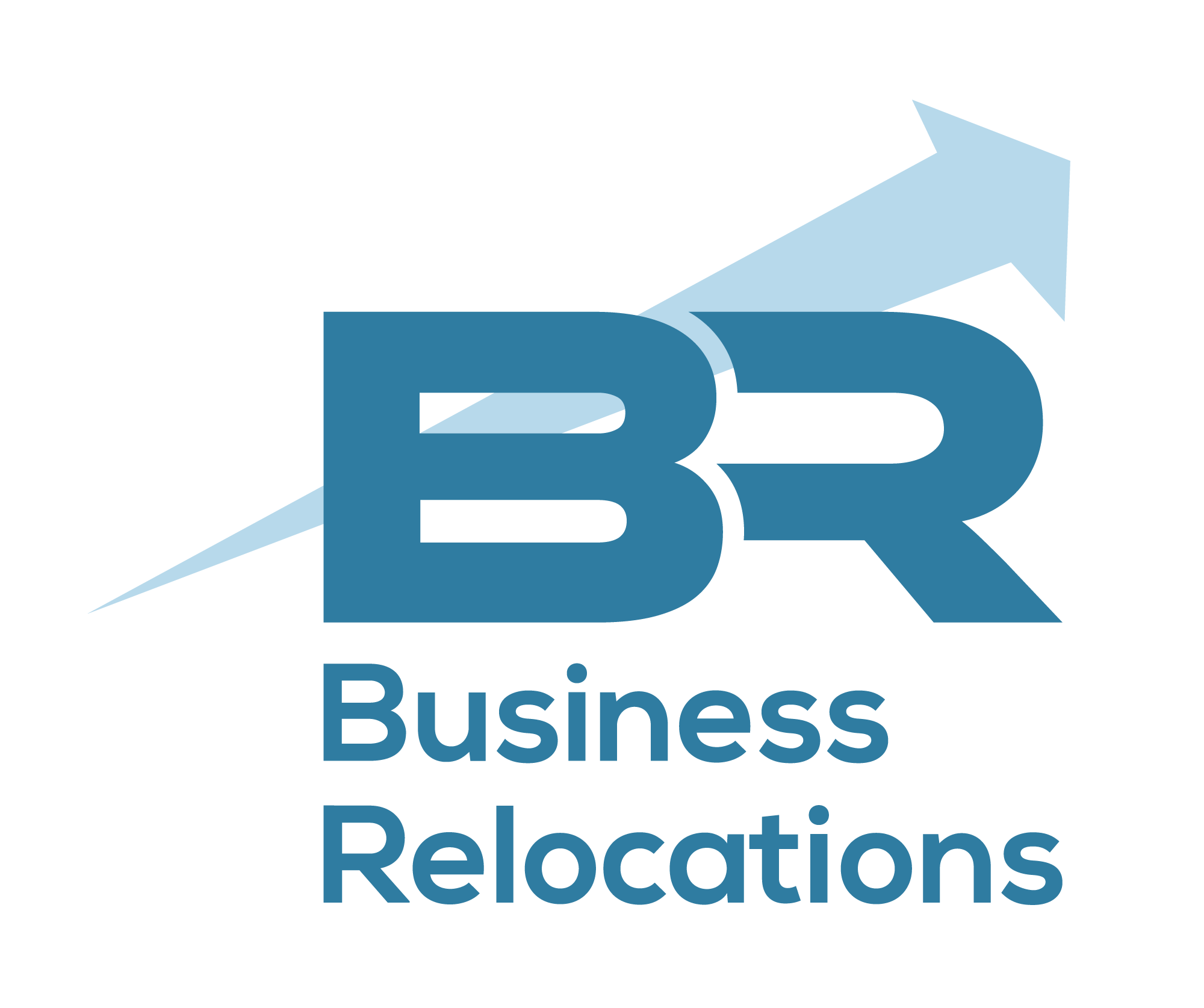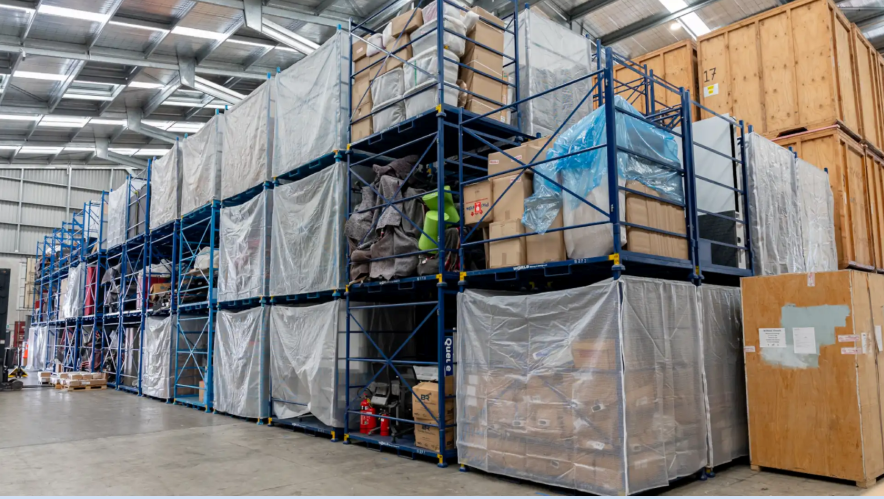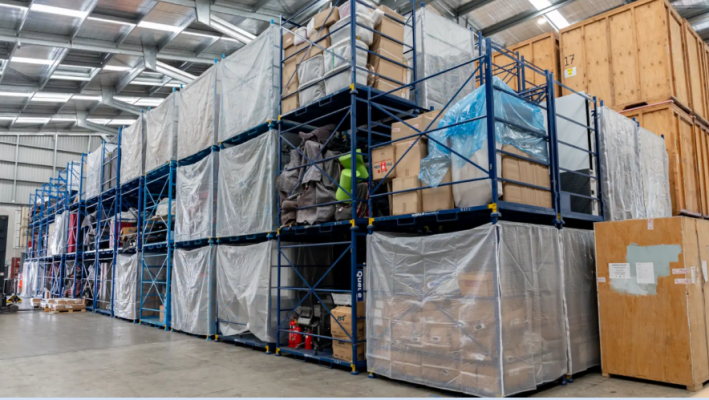As a business that relies on smooth processes, we don’t have to tell you that your inventory is your company’s lifeblood. What you have in stock and how quickly you can replenish it directly impacts your business’s performance, your bottom line, and your customers’ satisfaction.
Because of this, it can be fairly easy to notice when kinks in the chain start appearing. If you’re struggling with excess stock, unhappy customers or clients, or looking to improve your turnaround time, the key is improving your inventory management. Across the board, upgrading the way you and your team deal with incoming and outgoing inventory can have wide-reaching effects on your business.
Read on as we unpack some top inventory management improvements you might like to implement in your business. We’ll also provide some tips on how to manage business relocations when your warehouse’s stores can’t take it anymore.
Use technology to optimise your inventory tracking
First, bringing some technology into the process can make a huge difference when optimising inventory management. Manual inventory management is a good tool to use but can introduce some human error. This is just the nature of humanity, especially when your staff are under pressure to juggle many different numbers at once, on top of getting products out the door.
So, on top of manual inventory investing in top-notch inventory management software can help you tap into real-time insights, such as your stock levels, order patterns, and sales trends. Not only does this make on-the-ground work much easier, but it also gives you—as a business owner—the chance to anticipate oncoming spikes and drops easily.
Tips for doing this effectively:
- Bring in barcodes or an RFID system to automate your stock tracking.
- Use a cloud-based inventory management software to enjoy real-time updates.
- Set up automatic stock alerts to sharpen your stock control, so you always know if you’re understocking or overstocking.
Try out a JIT system.
The Just-in-Time or JIT system essentially means that you only order what you need exactly when you need it. Not only does this reduce your storage costs, but it also cuts down on the amount of storage space you’re giving away to outdated or surplus items. This kind of system, though highly efficient, takes a while to work, and you’ll likely need to pair it with a sweeping pass of your existing inventory to offload what you no longer need.
Tips for doing this effectively:
- Supply chain management is a big one here, so develop extremely strong relationships with reliable suppliers to ensure that stock levels are replenished quickly.
- Carefully monitor market demands to prevent unexpected stockouts.
Use your ABCs.
ABC analysis is a method of inventory optimisation that categorises the stock you have based on how valuable or in-demand it is. This lets you prioritise your resources accordingly, rather than making orders based on what has always been done.
Tips for doing this effectively:
Prioritise your restocking using the following system:
- A-items: High-value items with a low sales volume (requires close monitoring in case of a spike).
- B-items: Moderate-value items with steady sales.
- C-items: Low-value items with high sales volume (requires minimal oversight, as you can set up a recurring order here until things change).
Relocate your warehouse.
Finally, if all else fails and your warehouse is still overrun with stock, the issue is likely that you just don’t have the footprint to handle the amount of stock your business requires as you’re scaling. When that time comes, it might help to consider a warehouse relocation. This can help you to keep things organised, open the door to prepare for seasonal spikes in demand, and even improve your proximity to customers.
Tips for doing this effectively:
- Think about which problems you need to solve before you start the move. If cost is an issue, relocating to a much larger warehouse likely won’t solve the problem. Moving somewhere smaller to reduce your overheads and sharpen what you offer is a better bet.
- Partner with a professional company. Moving that much inventory to a new space and managing the staff transfer is tough on a business owner. Consider using a professional company to minimise the disruption to your business and get everything moving again quickly.
- If a move is not on the cards for your business right now, consider using a professional storage facility instead. Rather than having your entire warehouse moved, have any excess stock moved to storage – that way you can collect the stock as required without taking on the costs of an entire warehouse relocation.
In summary, the best methods for improving inventory management will come down to what you need most as a business. Implementing technology to improve your stock control, onboarding a simple A-B-C system, or relocating your space can all be a massive help. Make sure to take inventory of your situation (get it?) and think through what comes next before diving in. And when you do, ensure you have the right team to help!
Ready to relocate? We’ve got your back.
At Business Relocations, we’re a team of office movers, warehouse relocators, and commercial moving specialists who can expedite the moving process for you. Whether you’re expanding your facilities or downgrading to manage costs, we’re on hand to help with every part of the process.
Get in touch with our team for a free moving quote today.


